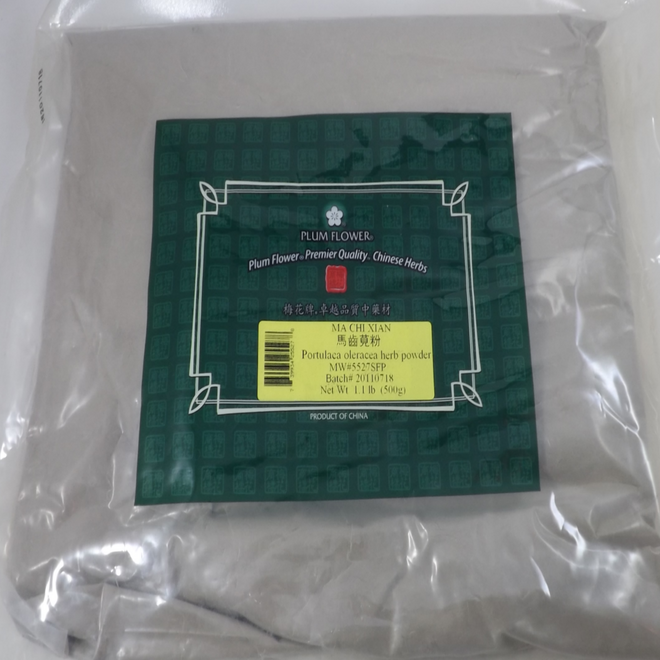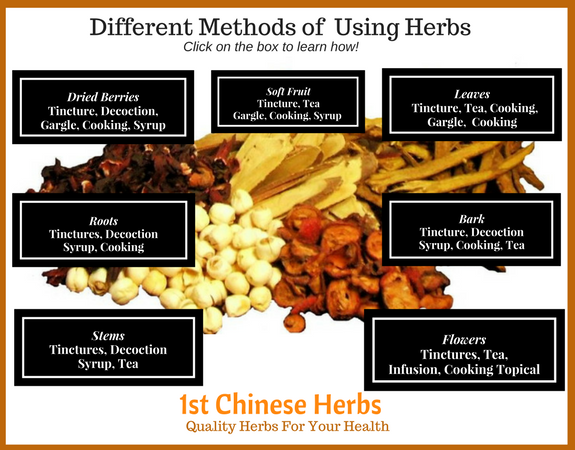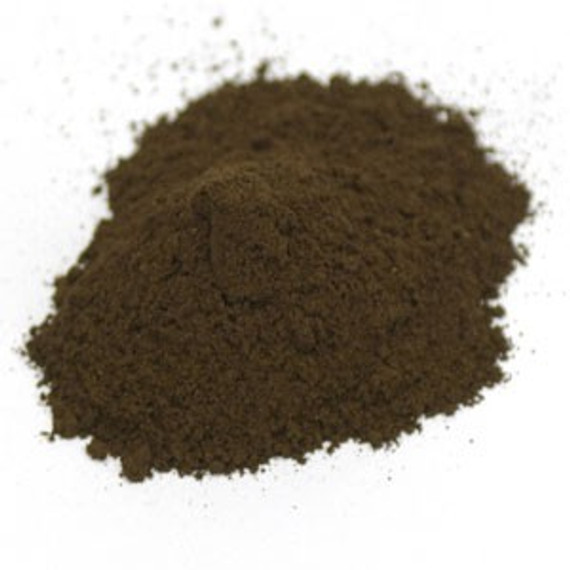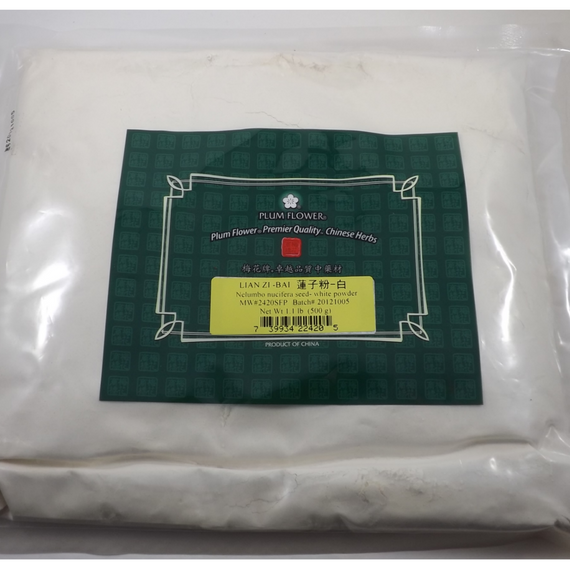Herbal Information for Purslane in Powder Form
The Incredible Benefits of Purslane: A Nutrient Powerhouse
Purslane, also known by its scientific name Portulaca oleracea, is a plant with a storied history in traditional medicine and modern nutrition. Widely regarded for its impressive health benefits, this humble weed is making waves in the world of wellness. In this comprehensive guide, we will explore the myriad advantages of incorporating purslane into your diet and how it can improve your overall well-being.
What is Purslane?
Purslane is a succulent plant that grows in various parts of the world, particularly in Europe, Asia, and North America. It is often found in gardens, fields, and even cracks in sidewalks. Despite its weed-like appearance, purslane is edible and highly nutritious, boasting a remarkable nutrient profile that includes vitamins, minerals, antioxidants, and omega-3 fatty acids.
Nutritional Profile of Purslane
Purslane is a nutritional powerhouse. It is rich in vitamins A, C, and E, as well as essential minerals such as magnesium, calcium, potassium, and iron. Additionally, it contains omega-3 fatty acids, particularly alpha-linolenic acid (ALA), which are essential for heart and brain health.
Vitamin A: Crucial for maintaining healthy vision, skin, and immune function.
Vitamin C: Acts as a powerful antioxidant, supporting the immune system and skin health.
Vitamin E: Protects cells from oxidative damage and supports immune function.
Omega-3 Fatty Acids: Vital for cardiovascular health, reducing inflammation, and supporting brain function.

Health Benefits of Purslane
1. Heart Health
Purslane is a heart-healthy food due to its high content of omega-3 fatty acids, which are known to lower cholesterol levels, reduce blood pressure, and decrease the risk of heart disease. The plant’s antioxidants also help in preventing oxidative stress, a key factor in cardiovascular diseases.
2. Anti-Inflammatory Properties
Purslane contains several anti-inflammatory compounds, including omega-3 fatty acids and antioxidants like vitamin C and beta-carotene. These compounds help reduce inflammation in the body, which can alleviate symptoms of chronic conditions such as arthritis and inflammatory bowel disease.
3. Improves Digestive Health
The plant is rich in dietary fiber, which aids in digestion by promoting regular bowel movements and preventing constipation. The mucilaginous nature of purslane also soothes the digestive tract and reduces inflammation, making it beneficial for conditions like irritable bowel syndrome (IBS).
4. Supports Weight Loss
Purslane is low in calories but high in fiber, which makes it an excellent addition to weight-loss diets. The fiber content helps keep you feeling full longer, reducing overall calorie intake. Additionally, the plant’s nutrient density ensures you get essential vitamins and minerals without excessive calories.
5. Enhances Skin Health
Thanks to its high vitamin A and C content, purslane is excellent for maintaining healthy skin. Vitamin A helps in the repair and maintenance of skin tissues, while vitamin C promotes collagen production, reducing the appearance of wrinkles and fine lines.
6. Boosts Immune System
The vitamins and antioxidants in purslane enhance immune function, helping the body fight off infections and illnesses. The plant's antimicrobial properties also provide an added layer of defense against harmful pathogens.
How to Incorporate Purslane into Your Diet
Purslane can be used in a variety of dishes. It has a slightly tangy, lemony flavor that pairs well with many foods. Here are some ideas to include purslane in your meals:
Salads: Add fresh purslane leaves to your salads for a nutrient boost.
Smoothies: Blend purslane with fruits and vegetables for a refreshing and nutritious drink.
Soups: Use purslane as a thickening agent in soups and stews.
Stir-fries: Sauté purslane with other vegetables for a quick and healthy meal.
Purslane: A Sustainable Superfood
Purslane is not only nutritious but also environmentally sustainable. It grows easily in various conditions, requires minimal water, and can thrive in poor soil. This makes it an excellent food source for promoting sustainability and reducing environmental impact.
Common Name: Purslane
Botanical Name: Portulaca oleracea herb
Channels/Meridians: Large Intestine, Liver
Pin Yin Name: Ma chi Xian
Other Ingredients: None, nothing has been added to this product.
Package Size: 500 Grams ( 1.1 pounds)
Form: Powder - Fine powder 80 to 100 mesh size (similar to the consistency of baking flour)
Origin: China
Brand: Plum Flower, species - authenticated herbs
Cautions: Do not use if pregnant or nursing.
Product Properties: Cold, Sour

Check out our How to Use Bulk Herbs page to see how to use herbs correctly. Our web page is constantly expanding, as of today we have articles on:
- How to make salves, poultice, tinctures, teas, capsules, gargles, and foot bathes.
- How to make a citrus facial splash
- Cayenne pepper: Caterpillar and aphid spray ( Natural insect repellent )
- Citrus potpourri basket.
About Plum Flower Quality Herb Powders
Plum Flower is an established worldwide manufacturer of high-quality Chinese herbs, and innovative Chinese medicinal herbs and products. Plum Flower uses sulfur-free herbs and laboratory tests its products for contamination and heavy metals, such as mercury, lead, and pesticides.
- Made at GMP internationally certified facilities (Good Manufacturing Practices) Quality control tests are done at the manufacturing site and at third party labs to confirm results.
- Manufactured using Unsulfured, Chlorine free, Aluminum Phosphate free herbs when possible.
- Microbials and heavy metals tested. No preservatives.
Chinese Traditional herbs should be regarded as an added feature to modern western healthcare, and not as a replacement. Chinese traditional herbs ( Teas ) emphasize harmony, and balance.
References:
https://www.ncbi.nlm.nih.gov/pmc/articles/PMC3934766/
https://www.sciopen.com/article/10.26599/FSHW.2022.9250203
https://www.netmeds.com/health-library/post/purslane-astonishing-health-benefits-of-this-nutritious-wild-edible-plant-infographic
https://www.healthline.com/nutrition/purslane
https://www.echocommunity.org/en/resources/c06bf8ba-d71a-4450-bd78-8df33ac8856a
https://yeditepehastaneleri.com/en/health-guide/healthy-nutrition/health-coming-spring-purslane





















